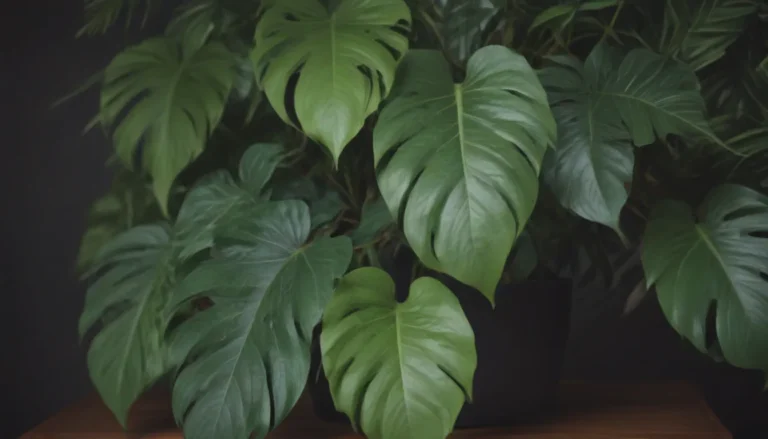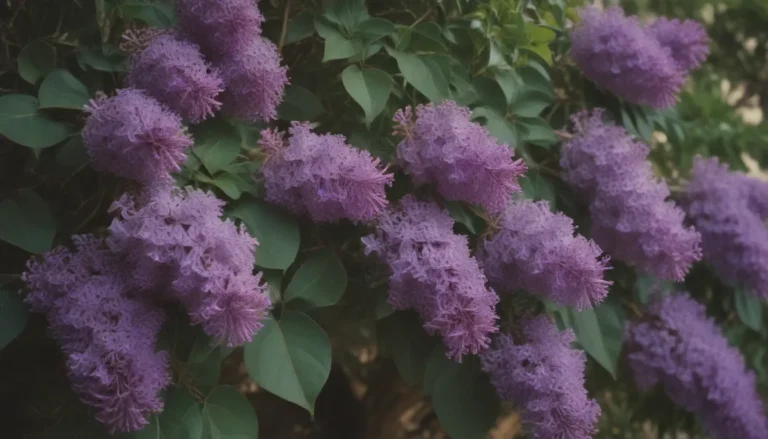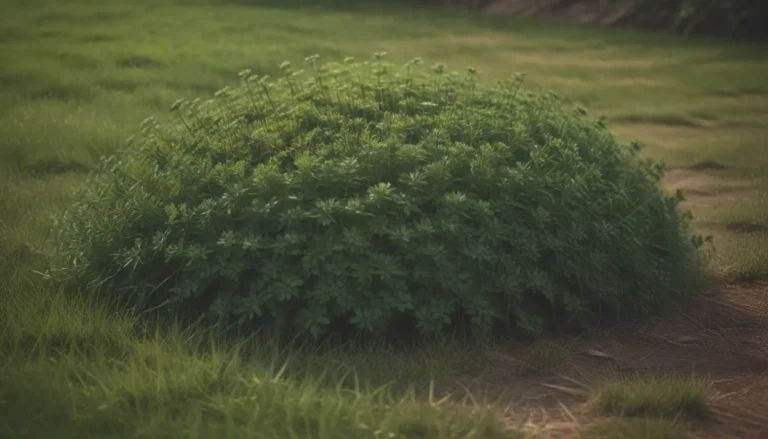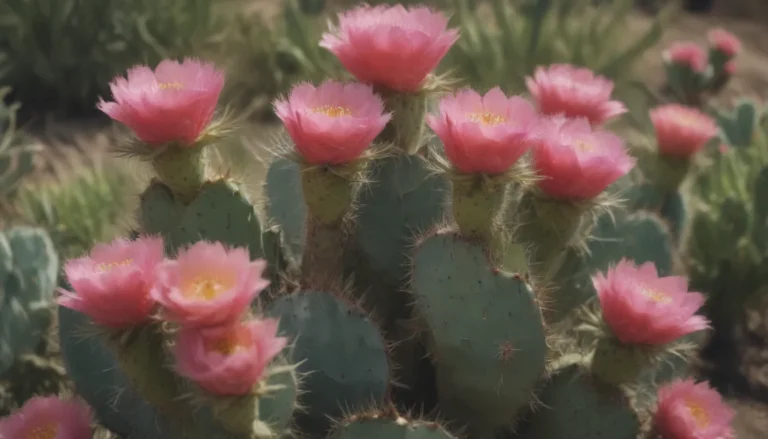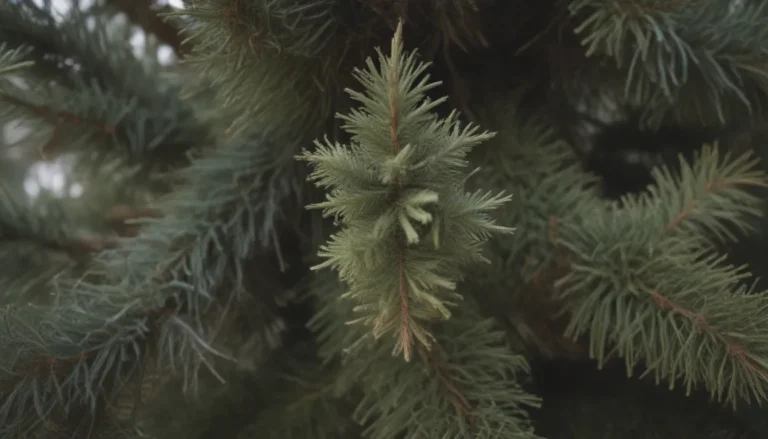Your Complete Guide to Growing and Caring for Mistletoe Cactus
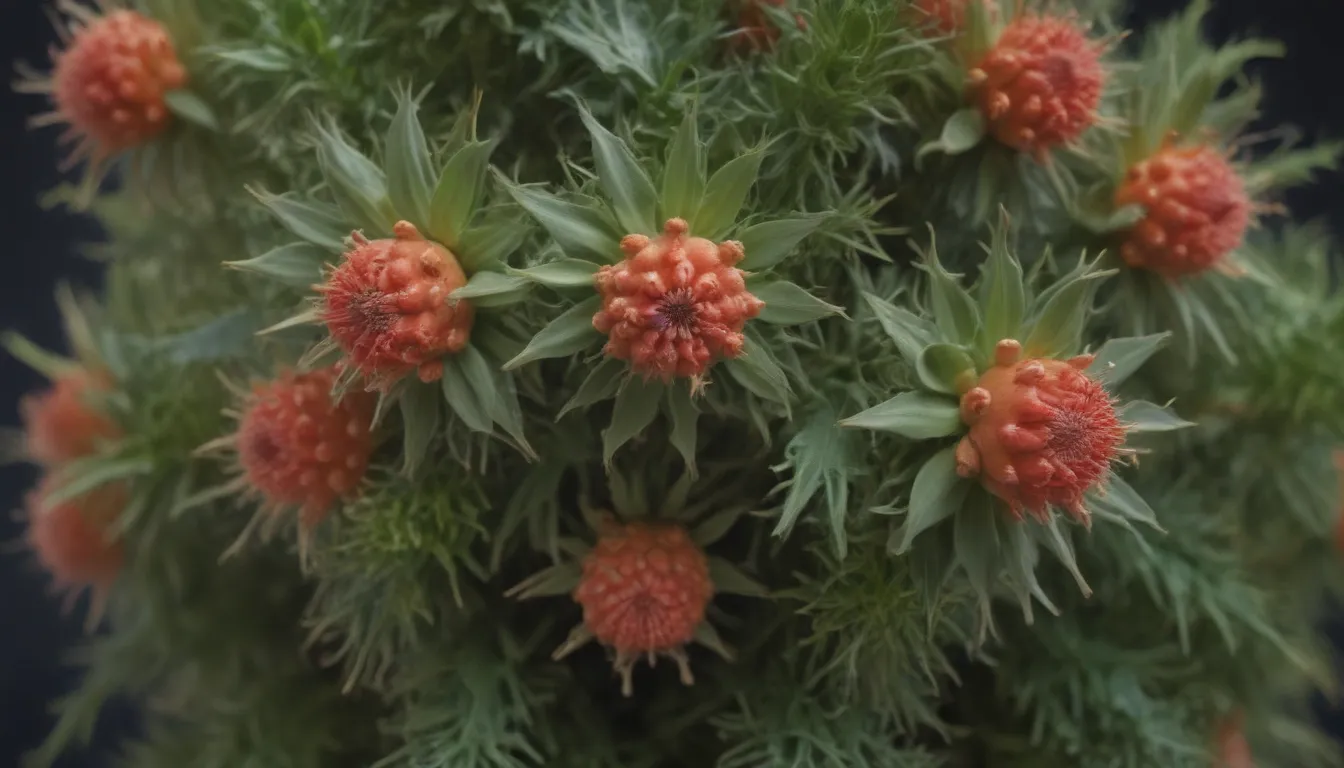
Are you looking to add a unique and beautiful plant to your indoor garden? Look no further than the mistletoe cactus! This epiphytic cactus is a stunning addition to any collection, with its trailing, pencil-like foliage that mimics the mistletoe plant. In its original tropical habitat, the mistletoe cactus grows on trees, but it can thrive indoors with the right care.
In this comprehensive guide, we will walk you through everything you need to know about growing and caring for a mistletoe cactus. From light and soil requirements to watering tips and common problems, we’ve got you covered. Let’s dive in!
Getting to Know the Mistletoe Cactus
The mistletoe cactus, unlike traditional desert cacti, is sensitive to direct sunlight. It thrives in bright to medium indirect light, making it an excellent choice for indoor spaces. Here are a few key points to keep in mind when caring for your mistletoe cactus:
- Light: Place your mistletoe cactus in a location that receives bright, indirect light. It can tolerate lower light conditions, but growth may be slower.
- Soil: Use a well-draining potting mix that is slightly acidic. A combination of regular potting mix, orchid bark, and perlite works well.
- Water: Keep the soil evenly moist, but avoid waterlogging. Allow the top 1-2 inches of soil to dry out between waterings.
- Temperature and Humidity: Maintain average household temperatures between 60-80 degrees Fahrenheit. Provide extra humidity by using a pebble tray or humidifier.
Misteltoe Cactus Care Tips
Light
The mistletoe cactus prefers bright to medium indirect light. Here are a few more tips to keep in mind:
- Avoid direct sunlight, as it can damage the plant.
- Place the cactus near a bright window or under artificial grow lights.
Soil
Choosing the right soil mixture is essential for your mistletoe cactus’s health. Here are some tips:
- Use a potting mix that drains well to prevent waterlogging.
- A mix of regular potting soil, orchid bark, and perlite is ideal for mistletoe cactus.
- Repot your cactus if you notice roots popping out of the soil or if the plant becomes top-heavy.
Water
Proper watering is key to keeping your mistletoe cactus healthy. Follow these guidelines:
- Keep the soil evenly moist, but avoid overwatering.
- Allow the top portion of the soil to dry out between waterings.
- Use a well-draining pot with proper drainage holes to prevent waterlogging.
Temperature and Humidity
Maintaining the right temperature and humidity levels is crucial for your mistletoe cactus’s well-being:
- Keep temperatures between 60-80 degrees Fahrenheit for optimal growth.
- Provide extra humidity by using a pebble tray or placing a humidifier nearby.
- Watch for signs of wilting or drying stems, which may indicate low humidity levels.
Fertilizer
While the mistletoe cactus is a light feeder, it can benefit from regular fertilization during the growing season. Use a balanced liquid fertilizer diluted to half strength once a month in spring and summer.
Pruning and Propagating Your Mistletoe Cactus
Pruning
Although mistletoe cactus plants do not require regular pruning, you may want to trim them to maintain shape or encourage bushier growth. Here are a few tips:
- Trim back any overgrown stems to keep the plant neat.
- Use stem cuttings to propagate new plants and create a fuller look over time.
Propagating
Propagating your mistletoe cactus is easy and fun! Follow these simple steps to create new plants:
- Take stem cuttings during the active growing season.
- Plant the cuttings in well-draining soil and keep them warm and moist.
- Watch as new roots form and your plant begins to thrive.
Common Pests and Problems
Pests
Mistletoe cactus plants are susceptible to pests like spider mites, aphids, and mealybugs. Keep an eye out for signs of infestation and take action promptly:
- Maintain average-to-high humidity levels to deter pests.
- Inspect your plant regularly for any signs of pest activity.
- Treat infestations with natural remedies or insecticidal soap.
Problems
Although mistletoe cactus plants are relatively easy to care for, they can experience issues if their needs are not met. Here are a few common problems to watch for:
- Wilting, Mushy Stems: This may indicate overwatering and root rot. Remove affected stems and adjust watering practices to prevent future issues.
- Browning Tips: Dry, brown tips can be a sign of under-watering or low humidity. Increase watering and provide extra humidity to revive your plant.
With proper care and attention, your mistletoe cactus will thrive and bring beauty to your indoor space. Remember to monitor its growth, adjust watering and lighting as needed, and enjoy watching your plant flourish.
In conclusion, the mistletoe cactus is a unique and stunning plant that can thrive indoors with the right care. By following these tips and guidelines, you can create a healthy and vibrant display of mistletoe cacti in your home. Happy gardening!
